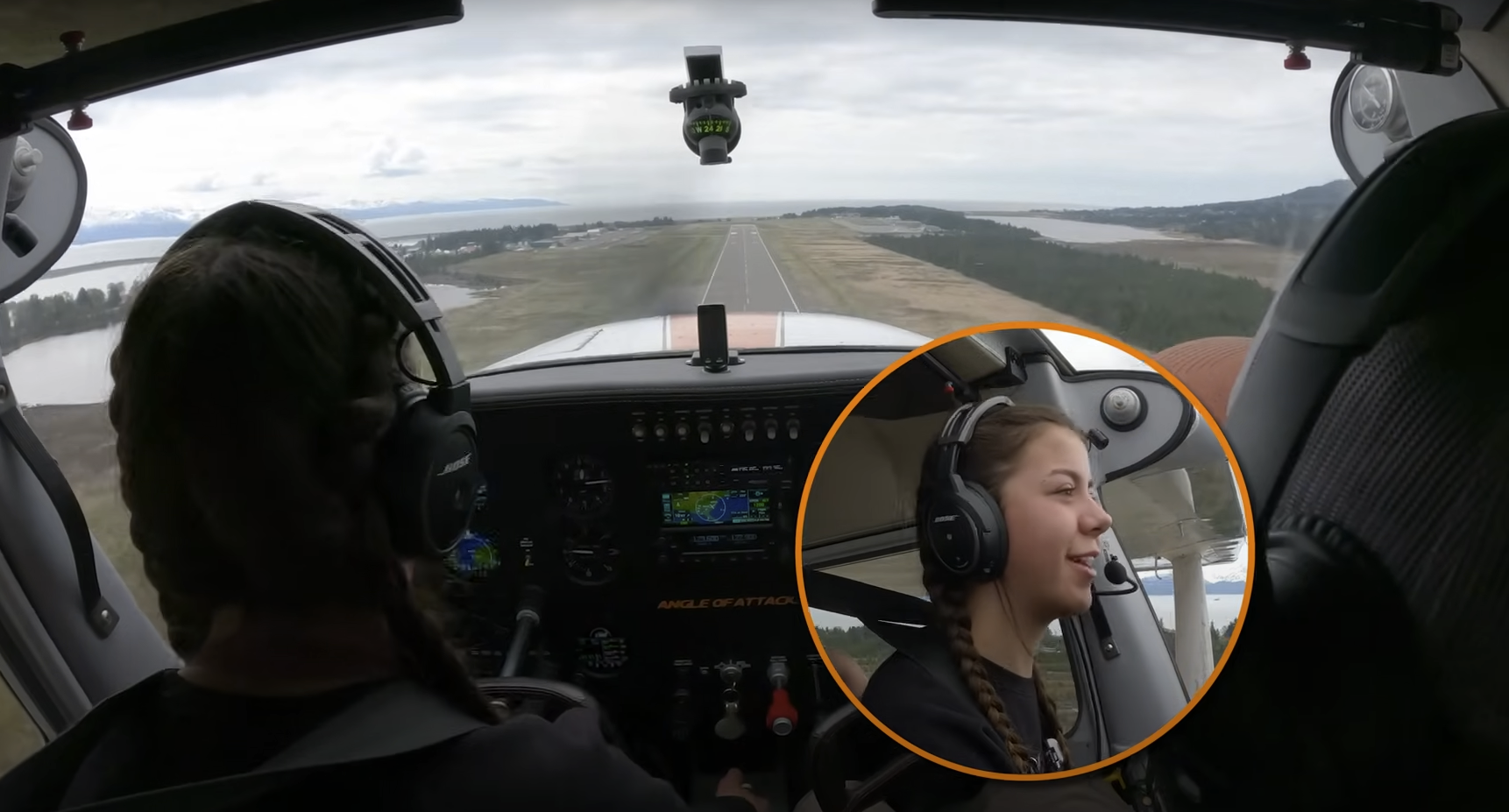
The Slow Flight maneuver. Slow Flight is lumped into the “stalls” area, as during slow flight we fly closer to stall. Also, all of these maneuvers are to emulate and allow you to practice flight when you are low and in close proximity to terrain.
This is done by drawing back the power, getting the airplane slower, and adding flaps. Maintain altitude and use as much power as needed to stay aloft.
Per the ACS (Airmen Certification Standards) you are to NOT hear the stall horn during this process. So it doesn’t have to be so slow that you’re on the verge of stall (how it used to be done) but a little above that, somewhere in the bottom part of the white arc.
Jump in the conversation and let us know what you learned, or if you had another thoughts and tips for the community.
Chief Flight Instructor and President of Angle of Attack. Founded in 2006.

Stay Connected
Be the very first to get notified when we publish new flying videos, free lessons, and special offers on our courses.





